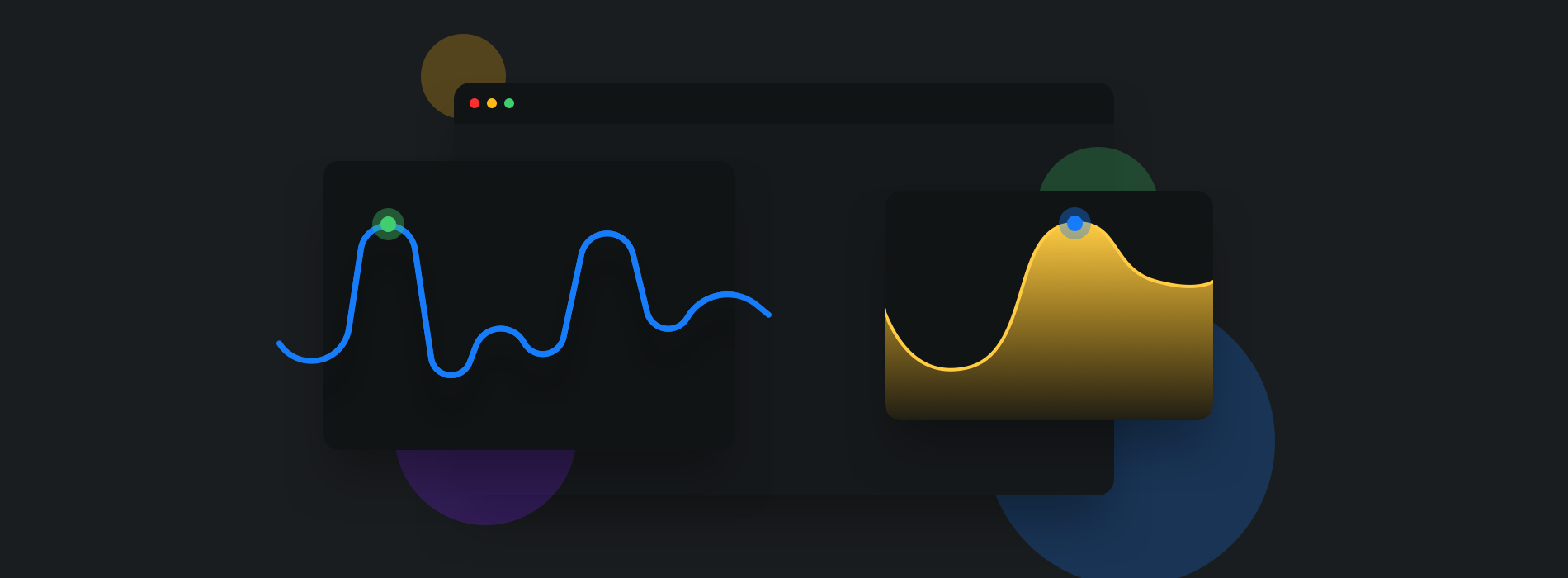Our latest infographic looks at some key ecommerce data from 2019, including cart abandonment stats and traffic and sales by device. We also highlight some key fashion ecommerce statistics and what you can do improve online sales next year.
Some cart abandonment statistics & highlights from the data:
- SaleCycle tracked more than 1.07 billion online abandonments in 2019.
- Mobile accounts for 65% of all ecommerce traffic, but just 53% of sales.
- Grocery websites, at 76.1%, have the lowest abandonment rates across all the sectors we track.
- Retail abandonment rates peaked in October and were at their lowest in January 2019.


Mobile vs Desktop Traffic and Sales
Looking at the mobile and desktop conversion rates and performance data, the performance of fashion retailers stands out from the other sectors.
These sites have more mobile traffic than any others (75%) and a greater proportion of sales (67%). Fashion retailers also convert a higher percentage of mobile traffic into sales (89.3%).
In the fashion industry users are more accustomed to fashion ecommerce marketing techniques, such as promo codes in emails and upsell and cross-sell emails.
Why are fashion retailers performing well on mobile? Fashion ecommerce have optimised ecommerce product pages having utilised various conversion rate optimisation services. Here are a few reasons why their conversion rate optimisation strategy is working:
Demographics
Fashion retailers have had to adopt to a younger target customer base, which is more likely to use mobile.
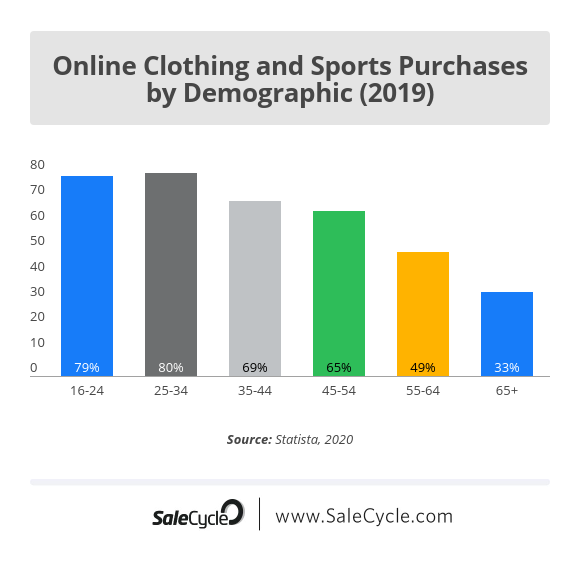

Online fashion shoppers are often a younger demographic, and are far more likely to use smartphones, and to use them for online shopping.
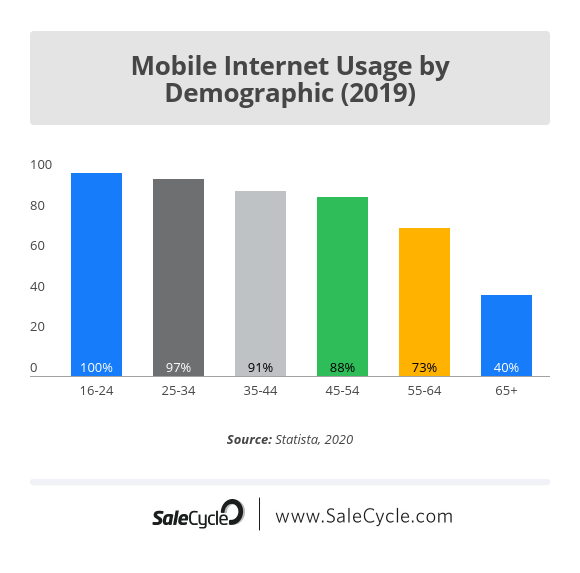

Many fashion brands have seen the growth of smartphone use change the way shoppers access their site. Here’s an example from Schuh, where mobile use has grown rapidly over the last decade, first overtaking then leaving desktop far behind.
The bottom line is that fashion shoppers want to use mobile, and retailers have been forced to adapt to changing customer preferences.
Addressing Fitting and Returns Issues
The online fashion market has always faced the challenge of selling clothing and shoes to shoppers when they can’t physically try them on, as well as selling luxury fashion products online.
This is why ecommerce returns stats frequently show clothing as the most returned product category. It can be hard to find the best fit without trying items on first.
Fashion retailers have worked hard on this issue, using sizing tools and recommendations, along with product images and video to help shoppers choose more effectively.
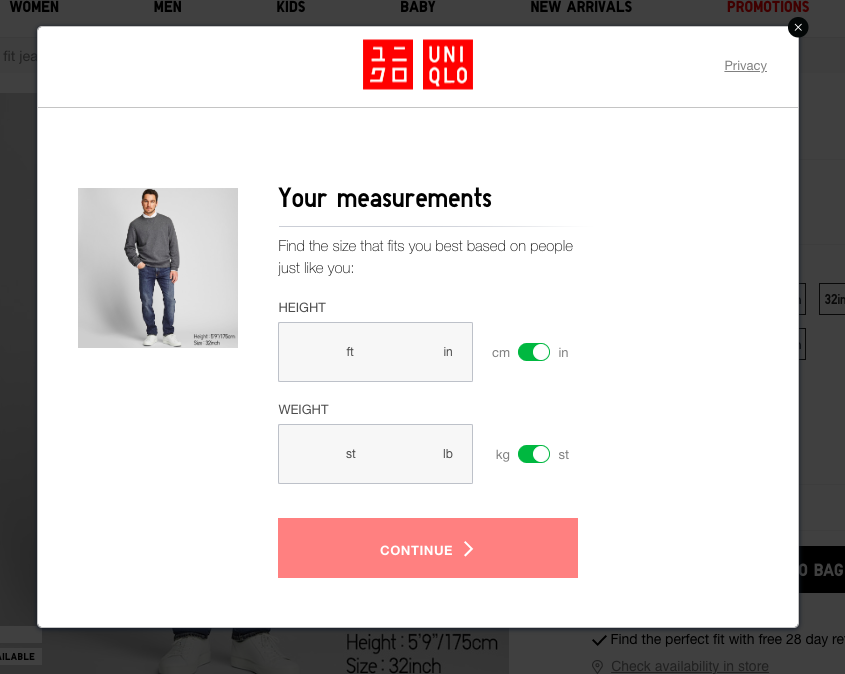

Flexible returns policies, no- hassle returns and the option to take items back to the nearest physical store all help to reduce buyer concerns and convince people to make a purchase.
Improved Mobile User Experience
The demographics of the online fashion buyer, and the growth in mobile traffic to their sites convinced many fashion retailers of the need for a focus on mobile UX, a ‘mobile-first’ approach in many cases.
It can be harder to shop on mobile than desktop, mainly due to the smaller screen, but other factors like variable signal strength can also come into play.
Many fashion retailers have focused on key UX factors like easy navigation on mobile, clear product images and copy, and simplified checkout.
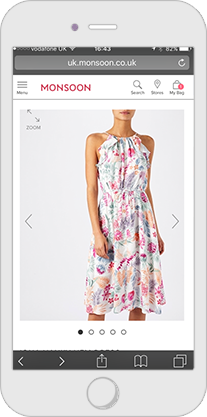

All this means, despite any limitations of the mobile device, shoppers are able to browse and buy without major problems.
Mobile Checkout
Add to cart rates on mobile are too far behind desktop, but conversion rates tend to be a lot lower in many cases.
This suggests that, while many mobile shoppers often reach the point of purchase, they are deterred during checkout.
The answer for many retailers is to simplify the checkout process as much as possible, such as removing barriers to purchase like registration, and making forms easier to complete on a touch screen.
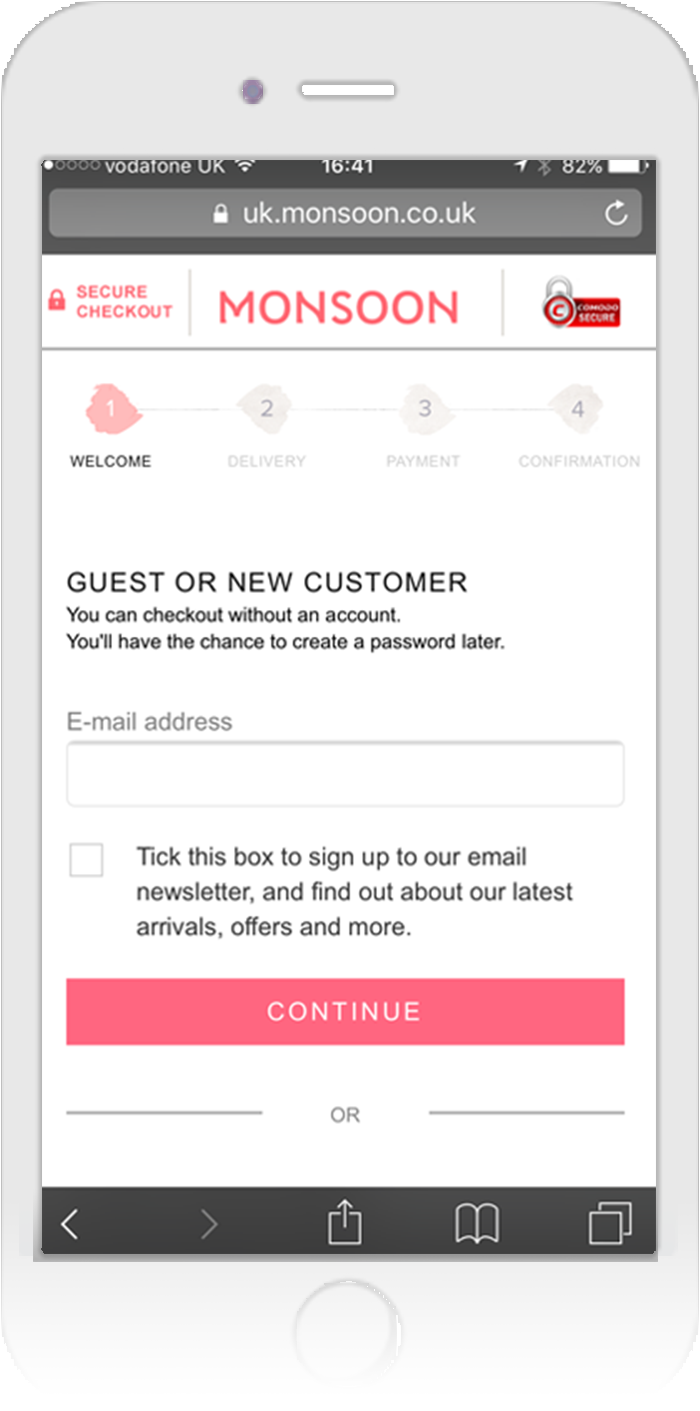

Any shortcuts to checkout can also help, such as using autofill for forms, as well as alternative ecommerce payment options which can speed up the checkout.
Speak to an expert
Learn how to convert your online audience into revenue with our experts.
Graham Charlton
Graham Charlton is Editor in Chief at SaleCycle. He's been covering ecommerce and digital marketing for more than a decade, having previously written reports and articles for Econsultancy. ClickZ, Search Engine Watch and more.
![2019 Ecommerce Year in Review [Infographic]](https://www.salecycle.com/wp-content/uploads/2020/01/2019-review-header-1.png)





![What Is A Good Conversion Rate? [Stats By Industry]](https://www.salecycle.com/wp-content/uploads/2017/10/Why-a-Structured-Approach-to-Conversion-Rate-Optimization-Is-Crucial.jpg)




